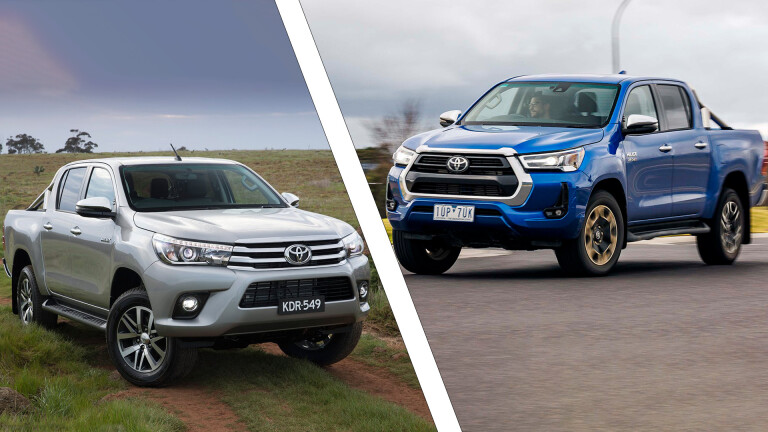
So it’s time to get yourself a new set of wheels, but in today’s market with prices climbing, ever-extending wait times and mend-and-make-do semiconductor specials – is it worth considering a second-hand option?
It seems like a leap of faith when there are now so many, simple ways to buy a new car both on or off-line, and the ability to get the exact car you want without putting up with the previous owner’s boogers coating the dashboard.
The world of second-hand car sales hasn’t been immune to price-gouging either – especially in the collector’s market – but you may be able to grab yourself a much better deal on a used vehicle than a new one.
So, if you’re open to suggestion in regards to buying a new vehicle, here’s an objective look at the pros and cons of buying new vs used.

Jump ahead to what interests you
The pros of buying new
| Pro: Freedom of choice |
|---|
A major advantage of buying new is the ability to choose your preferred spec level, paint colour, options and engine. If you’re someone who knows what they want and is happy to pay (and wait) for it, buying a new car from a dealership allows for a multitude of options and a personalised buying experience. The car you buy will be exactly what you want.
| Pro: Latest technology |
|---|
Having the latest technology like wireless smartphone mirroring and up-to-date navigation systems means no extra spend later on. Given our lives are so tech-heavy now, it makes sense to keep up with the times. Plus, the latest engine technology will save you money at the fuel bowser.
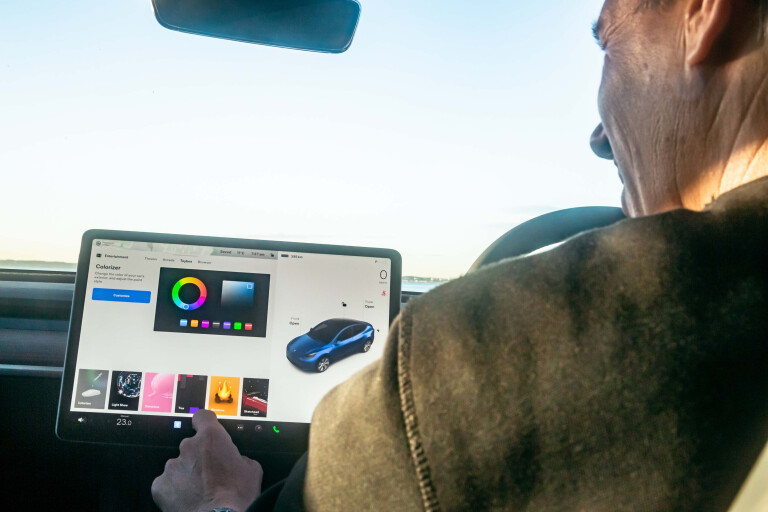
| Pro: Peace of mind |
|---|
This is possibly the biggest drawcard: Manufacturer warranty. Many carmakers now offer five-, seven- or even 10-year warranties, meaning the car may be covered for your entire ownership. The rise of capped-price servicing plans that paint a photo-realistic picture of ongoing costs makes it easier to budget.
| Pro: Financial freedoms |
|---|
Here’s the thing: Manufacturers want you to buy new cars, and they work hard to make buying easy. Getting finance for a new car is a hell of a lot cheaper than used cars, with much lower interest rates, pre-paid servicing rolled into finance packages and guaranteed future values. It’s an ecosystem that makes new cars cheap and easy in the long run.

| Pro: It’s yours, all yours! |
|---|
There’s also the intangible benefit of receiving a car that’s fresh from the factory and your unique example; free from damage, stains, stenches and with barely any kilometres on the odometer.
The cons of buying new
| Cons: It’s expensive |
|---|
A new car has typically been more expensive than used, though the gulf is now closer than ever. But, you still have to take into account depreciation. It’s not as bad post-pandemic – and clever speculators who bought a Toyota GR Yaris are now laughing all the way to the bank – but for your average family car it’s still a factor to consider.
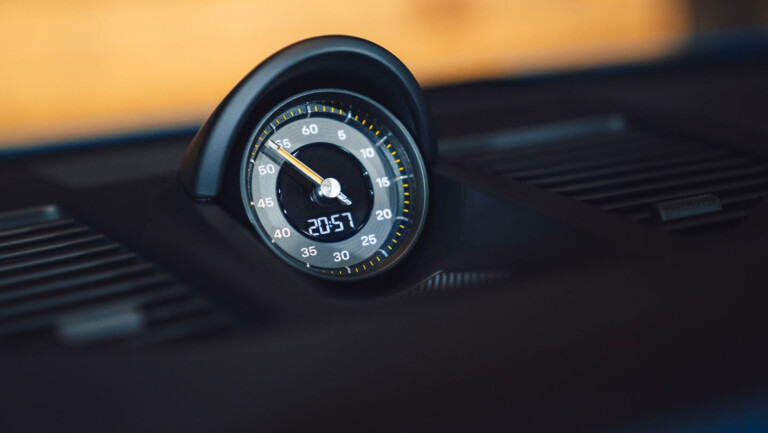
| Con: You’ll probably be waiting a while |
|---|
...or you’ll have to compromise on spec. Brands in Australia have rolled out tech-light specials, notable inclusions being the Subaru Forester 2.5X and Volkswagen Tiguan Allspace Adventure, and for a few months BMW was selling cars without touchscreens. This is because full-fat cars are hard to come by, with wait times from three-18 months across the industry. At that point, a lightly-used option looks pretty good.
| Con: Limited servicing options |
|---|
You might be limited to servicing the car at the selling dealership if you want to maximise your warranty, meaning you’re at the mercy of their service pricing. For some brands – Toyota and Honda – that’s a good thing, but some brand’s service schedules are expensive, and a good independent offers a better deal. Mitsubishi is one company that will extend its warranty 10 years/200,000km if serviced at a dealer.
[NOTE: According to the Australian Competition and Consumer Commission, all carmakers must honour their vehicles' standard factory warranty regardless of whether servicing was carried out at a brand-associated dealership or not, as long as servicing is performed according to the schedule by a qualified mechanic and using quality (preferably genuine) parts.]

The pros of buying used
| Pro: It’s cheaper… |
|---|
…at least most of the time. Lightly-used cars up to three years-old are currently holding value extremely well. Practical cars over five years-old generally offer much cheaper purchase prices, though. Certain brands are depreciation monsters, meaning you can pick a car up cheap. There’s also greater bartering potential, especially with a private sale.
| Pro: Shorter wait time |
|---|
Almost any used car listed for sale in the classifieds will be available, right now. A swift morning phone call to the seller could have you in new wheels by the afternoon. Of course, this ignores some of the endless searching to find a perfect example, but you’re unlikely to wait 12 months for the seller to supply the vehicle.
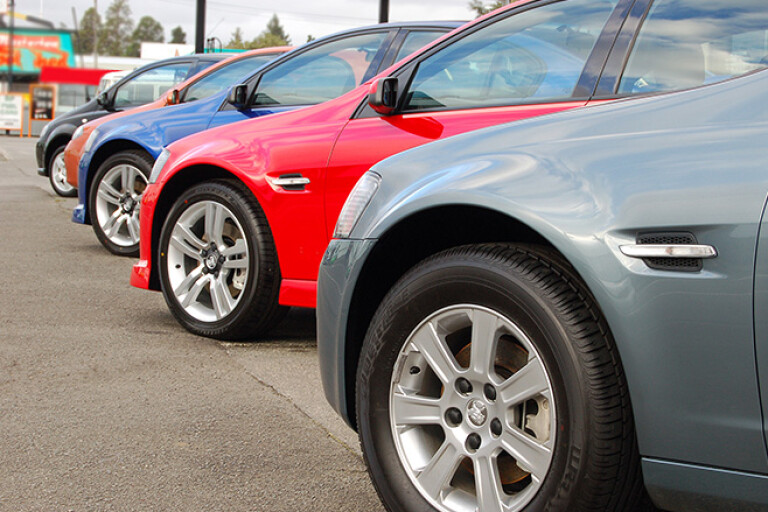
| Pro: No underhanded dealership tactics |
|---|
Ever been pushed into making a purchase you aren't 100 per cent happy with by a Kelly Country suited salesperson? It’s not exactly a pleasant experience, and it’s one that’s less likely to happen with a private used-car seller.
| Pro: The market is your oyster |
|---|
Don’t like the colours of the latest Mazda CX-5 range? Well, there’s probably an almost identical variant from three years' ago you can get in soul red crystal instead. That's a very practical example, but you can literally buy any car that was sold new in Australia from the second-hand market – everything from Bolwell Nagaris to Toyota Corollas.

The cons of buying used
| Con: It might not be exactly what you want |
|---|
Anything is available, but maybe not at the right time. You could have found an immaculate, well-maintained 2010 BMW 135i coupe with the dual-clutch transmission at the right price – much better value than a new Nissan Z – but it doesn’t have iDrive, and you don’t like silver paint. It’s either buy it and learn to love the German rainbow, or pass and wait another six months for the perfect example.
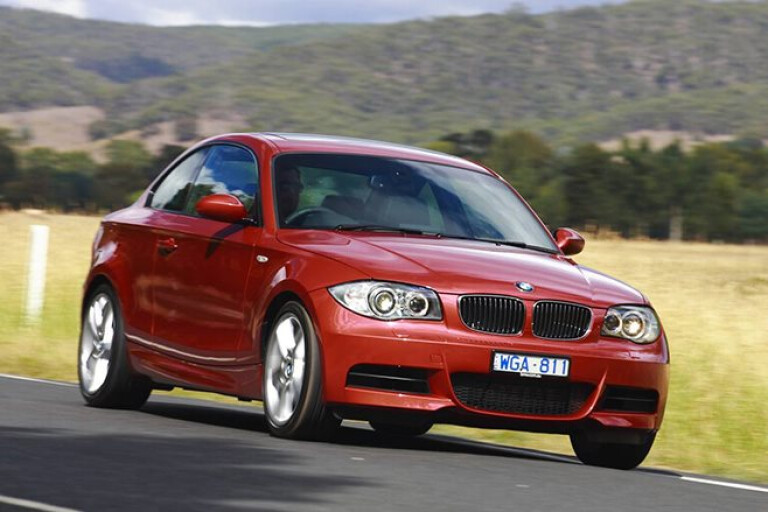
| Con: Reliability and maintenance |
|---|
For all the service history, JD Power surveys and research you’ve done, you can still end up with a lemon. And with a used car, there’s little recourse unless it’s covered under the manufacturer warranty. All dealerships must cover their cars with a three-month statutory warranty, and some certified pre-owned programs extend factory warranties, but private sales? You’re on your own.
| Con: Old technology |
|---|
You’ll be stuck with older and outdated technology from the get-go, not having the latest safety technology, newest features and driving aids can make or break the ownership experience of a car. There are some great options for older cars, such as aftermarket head units with phone-mirroring, but the newer the car and more integral the infotainment system, the harder it is to replace.
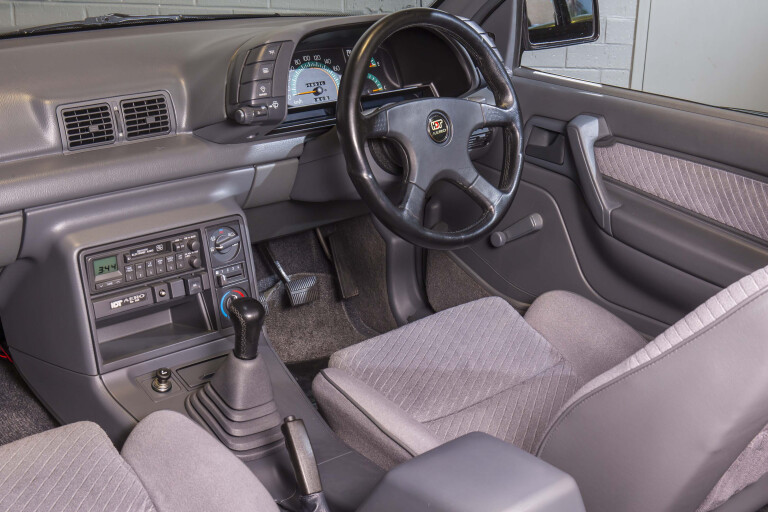
There are myriad ways to move forward with a car purchase, be it brand new, dealer demonstrator or used. Each has its own specific benefits and drawbacks.
But there’s no one-size-fits-all way that suits everyone, so weigh up what matters most to you and decide accordingly.

COMMENTS